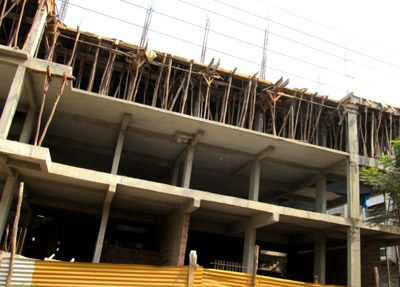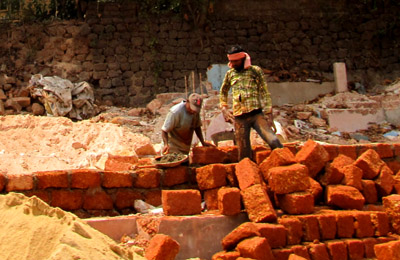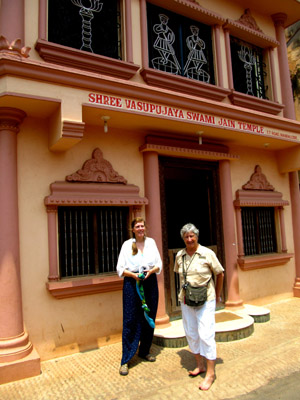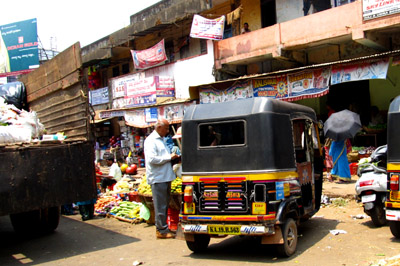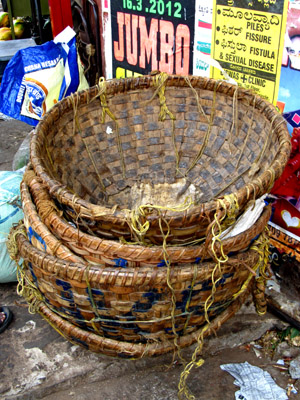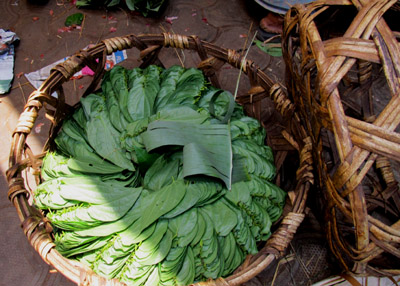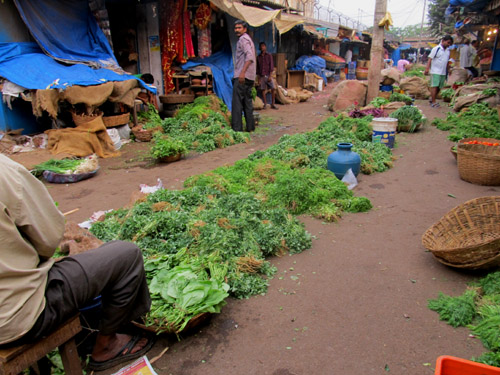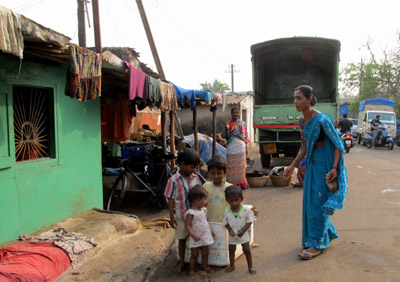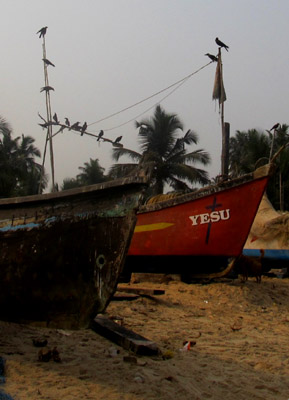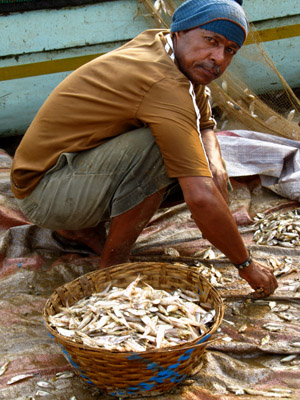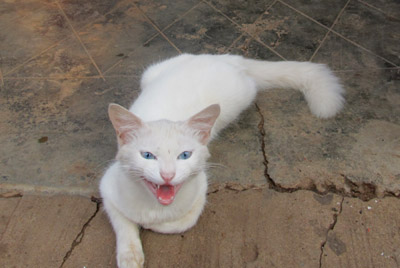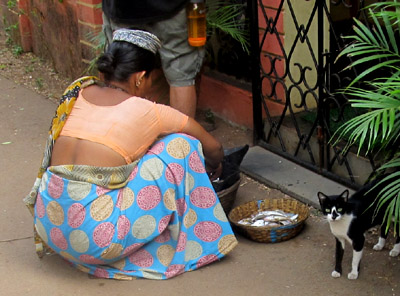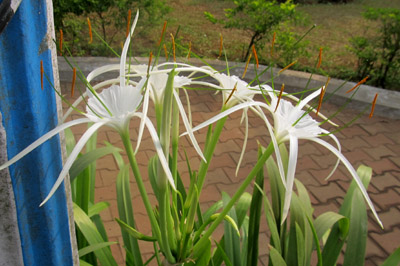Dean & Ginny's excellent adventures... Main Adventure PageGrand
Voyage--2012:
<<
Part 1 <<
Part 2 <<
Part 3 <<
Part 4 <<
Part 5 <<
Part 6 <<
Part 7 <<
Part 8 |
|||||||||||||||
|
Mangalore, our southernmost port in India, is on the western
coast of the country. The pale sun barely peeks through the thick haze
of pollution--no sunrise to speak of. Some large wind generator
blades on the dock might be a good sign that "things" might
begin to change. Don't hold your breath.
We got off the ship early and were greeted by an interesting assemblage of instruments--some modern, some not. >>
|

Mangalore is the center for much of the country's education and high-tech business. We did see the Infosys campus, and except for the ads posted on buildings and bus stops, there's not much external evidence of this business.
<< We followed this woman out through the gate out of the port. Never once did she bobble the bundle of sticks balanced on her head. Since the city is at least six miles away, we'd need a taxi for the day. Once out of the port Dean chose an older taxi driver who spoke pretty good English and made a good offer for a four hour tour, but he was merely bargaining for his bevy of drivers. Our driver, Hassan, didn't speak much English, but we accomplished what we wanted. We also shared the cab with our friend and fellow passenger Jane. So we are off! |
||||||||||||||
Then we're off to visit the next temple... Our timing was unfortunate because two busloads of our fellow passengers had just unloaded here.
Then to our fourth temple. This time Dean was befriended by a man who was really interested in making sure that Dean saw everything and knew the details and history. The central area, which you are to circle in a clockwise direction only, is relatively new and was built in only nine months and that every hand-carved flower is unique.
|
|||||||||||||||
|
|
|||||||||||||||
|
|||||||||||||||
|
As we walked away from the beach, the neighborhood improved dramatically in several ways: the quality of housing, vehicles in the driveways (There were actual driveways.) and cleanliness.
|
|||||||||||||||
|
© Sky-Bolt Enterprises 2001-2012 |























































